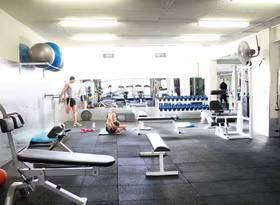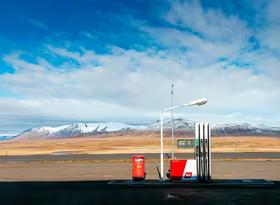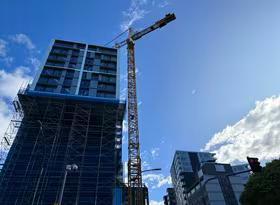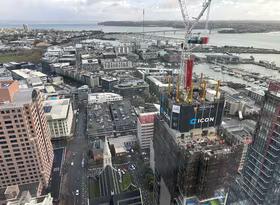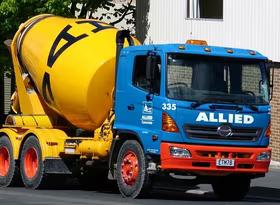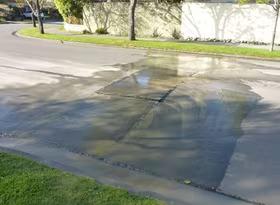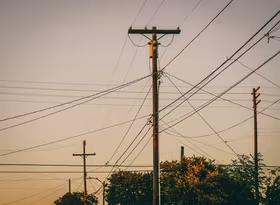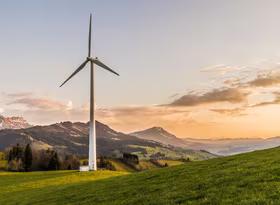What is “other construction” anyway?
“Other construction” activity has been surprisingly weak over the last few years. This article unpicks what goes into other construction work and highlights that the softness might not be due to a lack of spending on infrastructure.
“Other construction” activity (that is, excluding residential and non-residential building) surged 9.6% in seasonally adjusted terms over the September 2017 quarter. The increase in other construction work was the biggest quarterly lift in over a decade and came after almost four years of flat or falling activity. To put recent activity in context, the June 2017 other construction figure was the lowest level for any quarter since 2006.
Graph 1

The persistent weakness in other construction over the last few years has been at odds with solid economic conditions and several large government infrastructure projects taking place. These factors have been instrumental in our continued expectation of an improvement in infrastructure activity – an improvement that has apparently failed to take place.
Statistics NZ does not provide any breakdown of what makes up the other construction category in the GDP figures – but we do get a picture of how spending is distributed from our Infrastructure Pipeline Profile. We have previously assumed that “other construction” is equivalent to “infrastructure” and have used the terms interchangeably in our regular building forecasts. But we have become aware that other construction does not only include infrastructure work.
Graph 2 shows data from Statistics NZ on the shares of other construction work by the economic industry undertaking the investment. The graph compares both the March 2016 year and the industries’ maximum shares over the last decade.
Graph 2

Although these industries do not provide a failsafe indication of the type of construction work taking place, they give a pretty good guide. The three industries that would typically be thought of as making up most civil infrastructure spending are: electricity, gas, water, and waste services; transport, postal, and warehousing; and information media and telecommunications. Taken together, these three industries have contributed about three-quarters of other construction investment over the last decade.
Of the remaining industries, mining is by far the most significant contributor to other construction, contributing between 9.5% and 32% of activity each year over the last decade. This variability hints at a possible reason for weakness in other construction in recent years, particularly when viewed in tandem with the drop in hard commodity prices and retrenchment of Solid Energy since 2011-12. It is easy to envisage mining as being a drag on total construction activity over the last few years.
We are currently liaising with Statistics NZ to try and get more detailed information on other construction activity on an ongoing basis. This data would allow us to better understand and more accurately forecast the volume of infrastructure construction that takes place.


